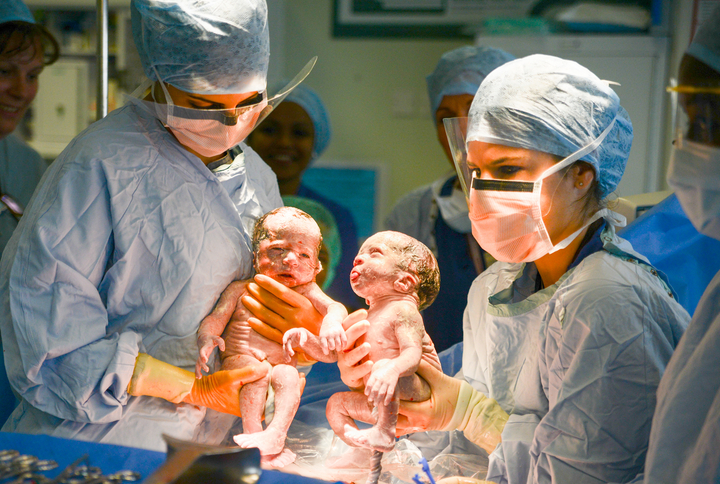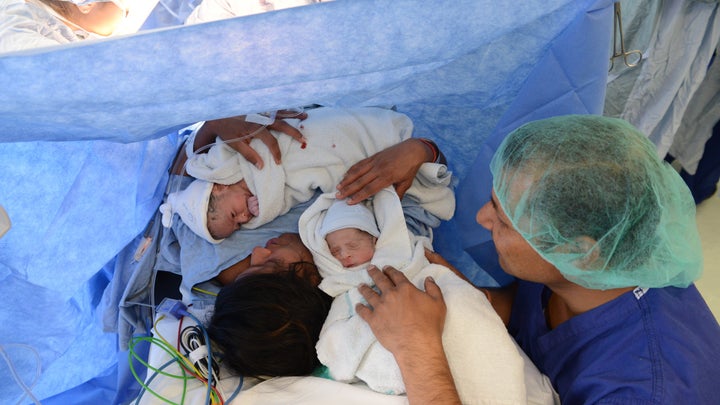Doctors are celebrating the birth of twin babies, who were the first in the world to be monitored using new twin pregnancy growth charts, that could save hundreds of babies’ lives.
Mala Vast Dhuri, 37, from London, was the first woman to be scanned using the twin pregnancy growth charts, which allow medical professionals to accurately assess twins’ growth in the womb.
This is revolutionary as previously, growth issues in twins have been potentially “misdiagnosed and inappropriately managed”, according to multiple births charity Tamba.
Dhuri gave birth to Kiaan and Kush, weighing 2kg and 2.1kg respectively , via caesarean section at St George’s Hospital in Tooting, London, on 27 July.

Up until now, hospitals looking after women expecting twins plotted growth measurements using “singleton” growth charts based on measurements for single babies. Clinicians therefore had to use their judgement to decide how the twin babies were progressing.
The £25,000 research project to develop the growth charts was funded by twin parents across the country thanks to a fundraising appeal by Tamba (Twins and Multiple Births Association).
The charity’s CEO Keith Reed said: “Huge congratulations to Mala and Kiran. We are so pleased to see the boys delivered safely.
“This is an extremely important day for foetal medicine. Mala was the first mum to have her twin babies measured using the twin pregnancy growth charts. We hope these charts help many more twin babies to thrive.”

Dr Asma Khalil, who delivered the twins and helped develop the charts, explained: “We are now measuring all of our twin pregnancies at St George’s with the new charts.
“The growth charts help us to identify the difference between babies which are truly small because they not developing properly versus twins who are normally small.
“For us to deliver early when there isn’t a reason can result in causing potential harm to the babies. We know that prematurity is associated with the risk of disability.
“The benefits of the twin growth charts would be to reduce the number of babies needing neonatal care after birth. About 50% of multiple birth babies need some form of special unit treatment once they’re born but with these new twin growth charts we’re hoping to reduce that statistic considerably.”
Although research into twin growth during pregnancy has been conducted in the past, and studies have found a significant difference in their growth compared to singleton babies, the findings have never before resulted in twin growth charts being available on hospital computer software.
To find out more about the growth charts visit www.tamba.org.uk/blog/growth-charts.